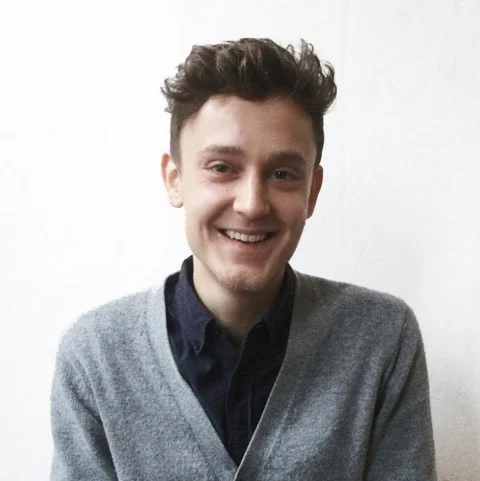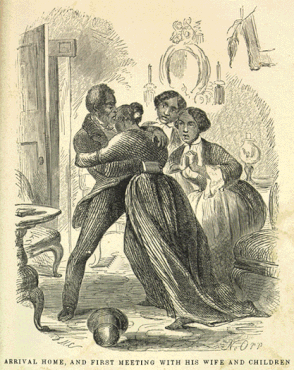The Unruly City: Paris, London and New York in the Age of Revolution
Reviewed by Miriam Liebman
In recent years, scholars have published numerous books on the Age of Revolutions and the connections between the countries involved; usually the United States, Great Britain, and France. These books have focused on people and ideas. But in The Unruly City: Paris, London, and New York in the Age of Revolution, Mike Rapport, a professor of modern European history at the University of Glasgow, takes a different approach, focusing instead on the geography of “the city” and how it may or may not have been more conducive to revolution. Venturing into the transatlantic history of revolution, he is concerned principally with the importance of place to success and failure particularly the ways “spaces and buildings in these cities both symbolically and physically became places of conflict, how the cityscape itself became part of the experience of revolution and may even have helped shaped its course.” For Rapport, space itself has agency, which in this study has two meanings: a specific place or the city, itself. The Unruly City explores not only how New York City’s (and London’s and Paris’s) landscape propelled and hindered democratic revolution, but also how people interacted with the urban geography.
Read More









